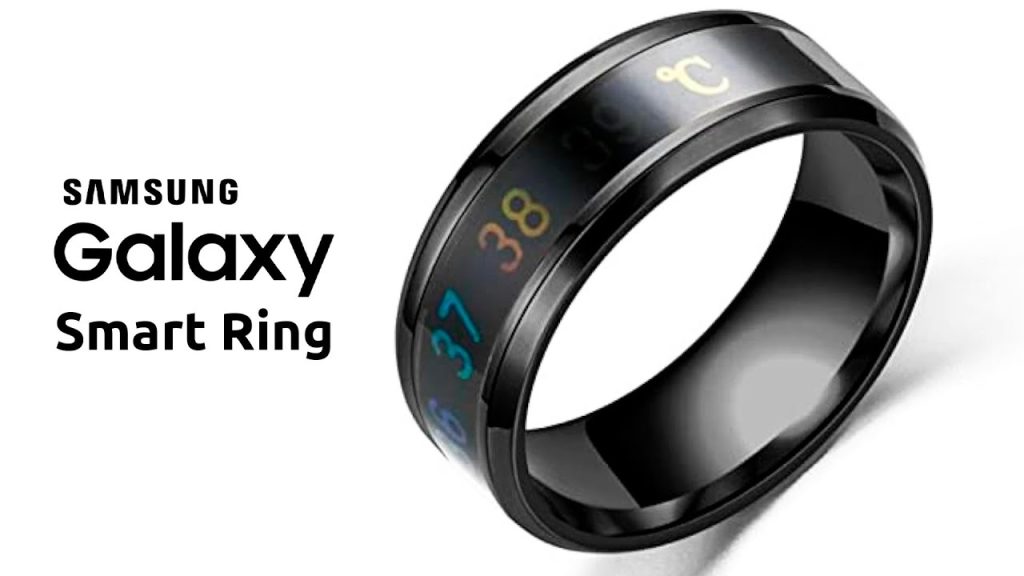Samsung, a pioneer in consumer electronics, is set to revolutionize wearable technology with its upcoming Galaxy Ring. Slated for release in 2024, this futuristic gadget is a step forward in health tracking, offering users a more compact and discreet alternative to the smartwatch. With the popularity of wearables on the rise, the Galaxy Ring aims to blend cutting-edge technology with style, providing a powerful health monitoring tool in a minimalist design.

Key Features and Design
The Samsung Galaxy Ring is designed to be a small, lightweight wearable packed with advanced health sensors. Despite its size, the ring will be able to track various health metrics, such as:
- Heart rate monitoring
- Blood oxygen levels (SpO2)
- Sleep tracking
- Activity and fitness metrics
Much like a traditional smartwatch, the Galaxy Ring will sync with Samsung’s Health app, allowing users to review their data in real-time. The device is expected to leverage sensors similar to those in the Galaxy Watch series, offering precise health readings through photoplethysmography (PPG) and possibly ECG capabilities.
The ring’s discreet nature makes it an ideal choice for those who find wrist-based wearables bulky or obtrusive. Its sleek design will also appeal to individuals looking for a stylish yet functional accessory that blends seamlessly with everyday attire.
Target Audience and Market Appeal
The Galaxy Ring is expected to be popular among fitness enthusiasts and health-conscious consumers who want to monitor their well-being without the constant reminder of a large device on their wrist. Its form factor could attract those who might not typically wear a smartwatch but want to stay connected to their health data.
The smart ring market has been gaining traction, with products like the Oura Ring already popular for sleep and activity tracking. Samsung’s entry into this space positions the Galaxy Ring as a potential market leader, given Samsung’s established ecosystem and strong brand reputation.
Integration with Samsung’s Ecosystem
The Galaxy Ring is expected to integrate smoothly with Samsung’s broader ecosystem of devices, including smartphones, smartwatches, and even smart home products. This integration will allow users to control smart devices through gestures, potentially offering seamless interactions with connected appliances. It’s also likely to work with Samsung’s Health app to deliver comprehensive insights and recommendations, making the Galaxy Ring a critical part of the user’s health management tools. Discover smartwatches that perform as a health tracker.
Moreover, by syncing with Samsung smartphones and tablets, the Galaxy Ring will offer notifications, alarms, and health insights without the need to check a separate device constantly. If rumors about its biometric tracking capabilities hold true, the Galaxy Ring may even offer features like unlocking your phone or making payments via contactless technology.
Future of Wearable Technology
The Samsung Galaxy Ring marks the beginning of a new wave in wearable technology, focusing on convenience and comfort without sacrificing functionality. As the technology evolves, wearables are expected to move away from wrist-based designs toward more subtle, unobtrusive forms, such as rings, glasses, or even implantable devices.
Samsung’s move to release the Galaxy Ring signifies its commitment to remain at the forefront of the health tech revolution. As consumers demand more personalized and less intrusive ways to monitor their well-being, the Galaxy Ring is poised to become a popular choice among tech enthusiasts and health-focused individuals alike.
With its innovative design, seamless integration, and advanced health features, the Samsung Galaxy Ring is set to become a game-changer in 2024, paving the way for future developments in wearable technology.